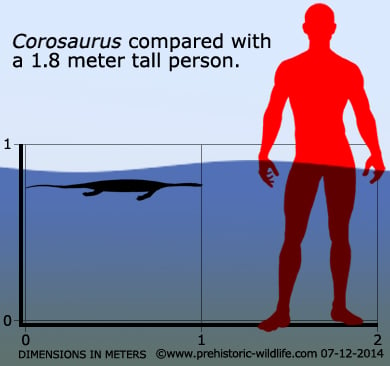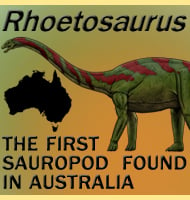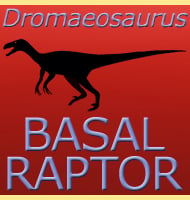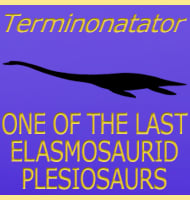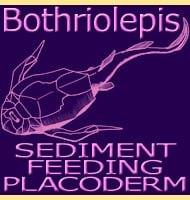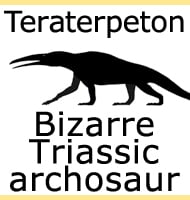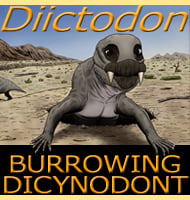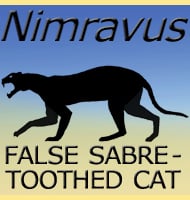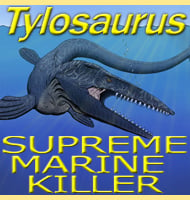In Depth
Originally described as a nothosaur, Corosaurus is now identified as a pistosaurid, a kind of sauropterygian reptile that is related to but separate to the true nothosaurs. The pistosauroids are established around the type genus pistosaurus, and it may have been these kinds of marine reptiles that were actually ancestral to the plesiosaurs that would begin to appear around the late Triassic and early Jurassic.
Fossils of Corosaurus have been dated to be around 245-247 million years old, which firmly places them within the early Anisian stage of the mid Triassic. The small size of Corosaurus indicates that members of the genus were probably predators of smaller marine organisms along the lines of fish.
Further Reading
- A nothosaur from the Triassic of Wyoming - Ermine Cowles Case - 1936. - Corosaurus alcovensis Case and the phylogenetic interrelationships of Triassic stem-group Sauropterygia - Olivier Rieppel - 1998. - Anatomy and Relationships of Corosaurus alcovensis (Diapsida: Sauropterygia) and the Triassic Alcova Limestone of Wyoming - Glenn William Storrs -1991.- Corosaurus alcovensis Case and the phylogenetic interrelationships of Triassic stem-group Sauropterygia. – Zoological Journal of the Linnean Society. 124 (1): 1–41. – Olivier Rieppel – 1998.
